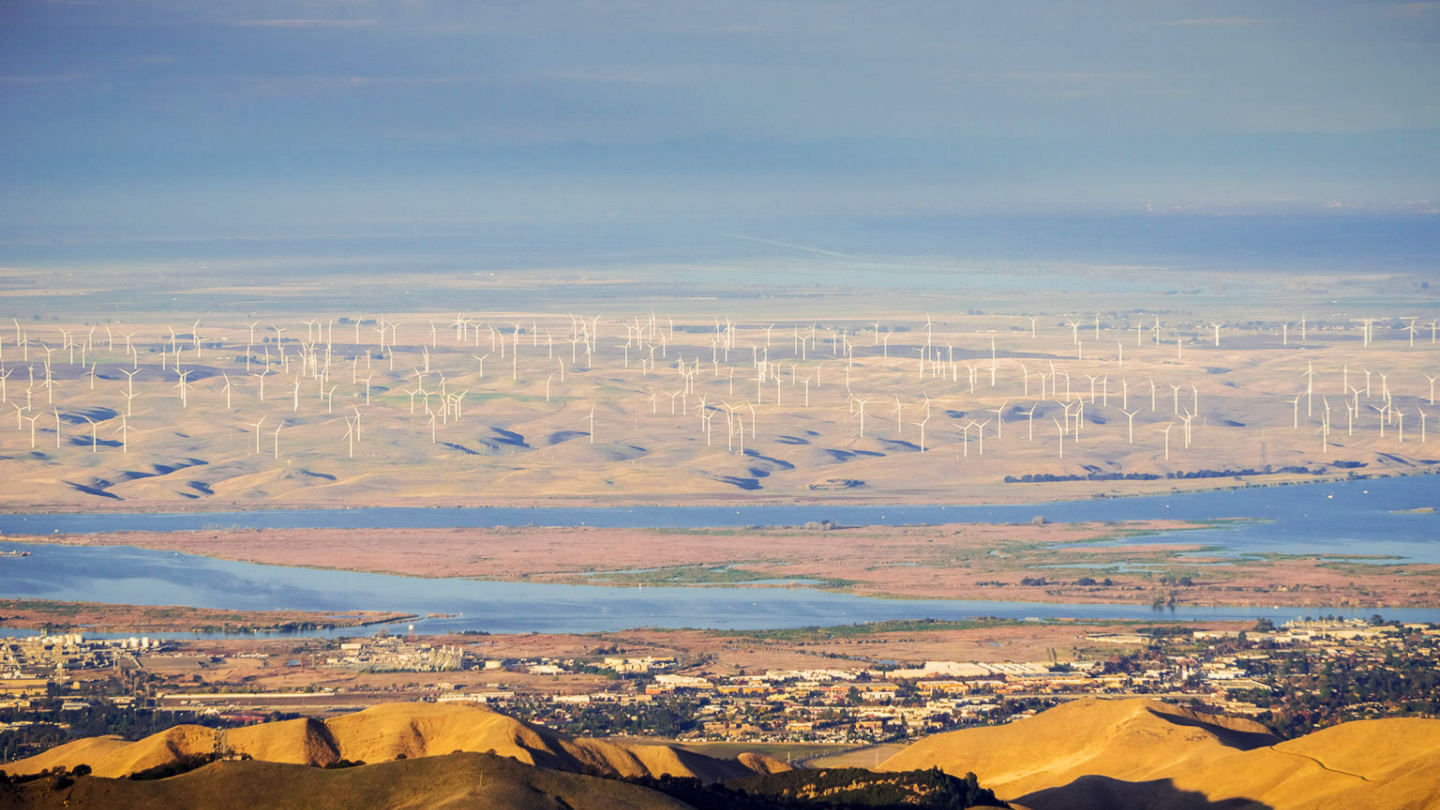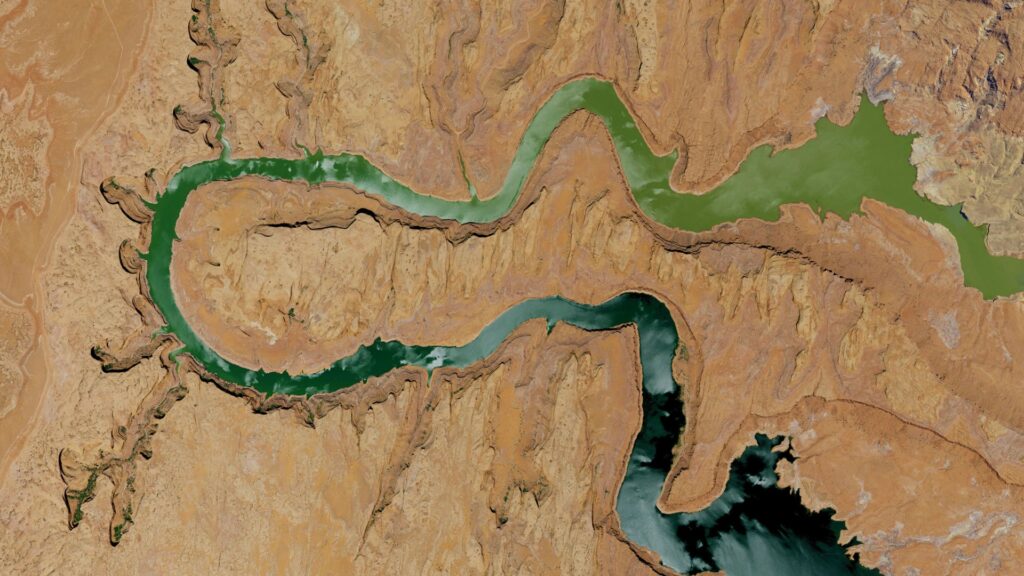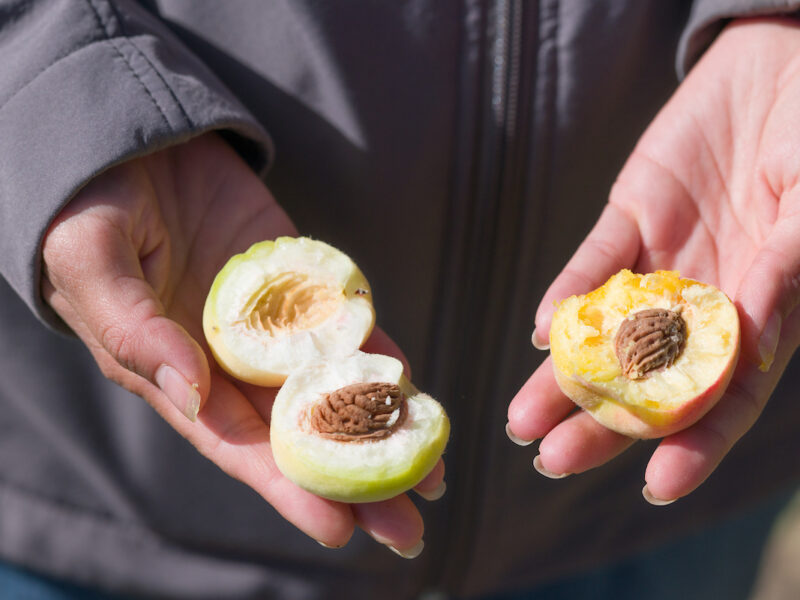
Water Weekly for February 6th
If you can only read three stories about Western water this week, read these:
1. (Arizona’s) local water authorities talk groundwater management strategies
Arizona’s local leaders are taking seriously Governor Katie Hobbs’ directive, from her State of the State address, that “it’s time to update groundwater management tools and protect groundwater supplies — particularly in our rural communities.” During the address, Hobbs announced an executive order to create the Governor’s Water Policy Council. “This new council will be tasked with advising the Legislature on how to update the Groundwater Management Act,” writes Cochise Valley Herald/Review reporter Emily Ellis. Two water experts Ellis spoke to in the Cochise Valley suggested that more local control of groundwater management, a recognition of the connection between surface water and groundwater, and an emphasis on improving recharge, especially during flood events, would all be important parts of a revised Groundwater Management Act. According to Mark Apel, of Cochise Conservation and Recharge Network, Ellis writes, “groundwater management must be determined at the local level because each basin has its own problems that require different solutions. Even within the county, there is no one-size-fits-all solution to groundwater management.”
2. Editorial: California has major stake in Colorado River water use fight
I don’t share editorials very often here, but this one, from the Bay Area News Group’s editorial board, crystalizes the reason for statewide worry in California over water negotiations with the other six Colorado River Basin states and potential federal intervention requiring mandatory water cuts. As the editorial states succinctly, “Any cuts to Southern California’s water supply could put additional pressure on the state to send more water south from the Sacramento-San Joaquin River Delta.” The delta provides 65% of California’s drinking water. That California alone opposes a recent agreement forged between the other six basin states has set the stage for a “major legal fight if the federal government imposes cuts on the states.” The editorial board warns that the Colorado River crisis may only presage a similar slow-moving disaster for the Delta.
3. “Let’s cut the crap”: Colorado River plan still isn’t enough, experts say, and California isn’t on board
The always quotable Brad Udall, CU Boulder’s resident water expert, gets the headline treatment in this piece by Conrad Swanson of the Denver Post. Most valuably, Udall highlights the political calculus at the heart of the dispute between California and the other basin states: “Politics in California kind of demand this,” Udall said. “Maybe it’s a lot better for them, politically, to have a bad guy impose (cuts) on them.” Swanson also spoke with Jennifer Gimbel at Colorado State University, who empathized with California negotiators. Gimbel “acknowledged that the state’s political structure makes it difficult to find a consensus on water cuts,” writes Swanson. “Not only does the state draw the most water from the Colorado River but its Imperial Irrigation District is the largest single water consumer in the basin and grows food for people across the world.” For some involved in the the negotiations, lawsuits are starting to look like the best, or only, way out: Rhett Larson, a water law professor at Arizona State University, told Swanson, “We should sue each other. At least a lawsuit is a structured way in which we talk to each other. It would force us to disclose information, force us to have conversations.” While fears/hopes of federal intervention are running high, Swanson also notes that “Federal officials aren’t likely to take immediate action either way; they need a few more months to finish an updated study on the river, which will yield recommendations for how best to share the water shortage throughout the basin.”
Before you go, a quick note from our partner, the LOR Foundation
The LOR Foundation, a private foundation that works with people in rural places to improve quality of life, has launched a water research initiative open to farmers and ranchers. As the West faces the worst drought in more than 1,200 years, Western farmers and ranchers are on the frontlines of the fight to solve water challenges. Too often, however, funding for innovative techniques that might improve water usage is hard to access and slow to reach the experts on the ground. That’s where LOR’s Field Work initiative comes in. Field Work will provide funding for research into innovative approaches to using water in agriculture. Farmers and ranchers in rural parts of Colorado, Idaho, Montana, New Mexico, and Wyoming are eligible for up to $10,000 to implement innovative water projects. Potential projects might include new ideas for water or land-use practices, products, or technologies that change the way water is used on a farm or ranch. LOR’s goal is to get money quickly into the hands of the people in the field and on the ranch who have the potential solutions—and just need a little help to implement them. The hope is that this real-world research will reveal solutions that can be used throughout the West to grow food while contending with an ever-dwindling water supply. Applications opened Feb. 1. Learn more at lorfoundation.org/field-work.
Get the Water Weekly in your Inbox each week.





